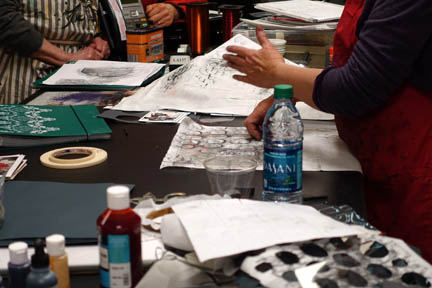
|
I had the extraordinary opportunity to take two workshops, back to back, called "Catching the Fugitive" with Kerr Grabowski. We worked with materials that usually are not good mediums to apply to fabric, since they wash out or fade easily. Charcoal, pastels, watercolors, colored pencils, graphite are now materials a fabric artist can use. Careful application of a transparent paint extender and proper heat settings make these products viable. I have worked with these materials before, thanks to a wonderful Michigan Surface Design Association workshop with Susie Krage, an outstanding fabric artist and instructor in her own right. I posted an article on that workshop, under the category, Surface Design With Paint and Pastels. The Ann Arbor Fiberarts Guild hosted Kerr for a three day workshop, plus an evening talk at our monthly meeting highlighting her artist journey.  The workshop was filled with demonstrations on techniques applying each medium starting with black and whites: charcoal and graphite experimentation on white fabric. No color was allowed for the first full day, a challenge to artist who love color. However, it was a great opportunity to concentrate on line and form. It allowed me time to work with charcoal and graphite in new ways. The next two days we delved into pastels, watercolors, water soluble crayons and colored pencils. Sandy Kunkle and Carol Futado were my table partners. We played like kids at a playground. What fun! Kerr is known for her deconstructive screen printing. We saw demonstrations of this technique with soluble crayons and watercolors with some pretty fabulous results! Important parts of the workshop for me were the individual guidance from Kerr and great group discussions about the work! On the third day I worked on screen printing. Shapes made with a hot glue gun were the basis for my silkscreen design and stamps for the fabric. I limited my color palette to green, blue and yellow watercolor. These green rectangles became the fabric project for my next workshop with Kerr. The Needlework and Textile Guild of Michigan, another of my favorite guilds, arranged for Kerr to give a workshop while she was "in town". I brought my fabric pieces and started phase two of my project. Using pastels, watercolors, India Ink, graphite, and Silver metallic paint, I embellished my fabric pieces. There was no purpose other than to experiment in creating each piece in it's own way---to follow the design and see what story it would tell. My birds were inspired by a blue smudge that looks bird-like in the top left corner. There is more to this story and I will return to this piece adding details, when I know what is it. Adding the mediums of pastels, watercolors, ink, graphite, charcoal, and colored pencils to my dyes and fabric paints opens up more choices and an ability to create fine details. Thanks, Kerr! It was a delightful and highly informative week!
0 Comments
In January I took a class in free-form crochet. I spent the next six weeks playing with the concept. I found it is not easy, especially if you want to end up with something that is formed into a certain shape. I started making a ruana, a poncho-style garment, but it morphed into a long cape and finally settled into a short a kimono style sweater. My Process 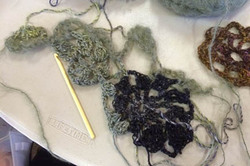 I started making long crocheted shapes of large and small circles and half circles and odd-shapes. Not being a crocheter (except for finishing edges on knitted pieces) I had to learn the stitches I wanted to use. But I had no worries about breaking the rules, since I didn’t know the rules. I crocheted loosely and in a wild fashion with no problem. 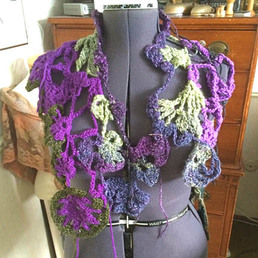 I made a variety of crocheted pieces in coordinating colors. One piece draped nicely around the dress to form a neckline. Using a dress form (as suggested by our instructor, Sandra Vanburkleo, owner of Artisan Knitworks) I pinned sections together. Yes, I did make an investment in pins. I recommend small, medium and large pins to adjust the spacing. 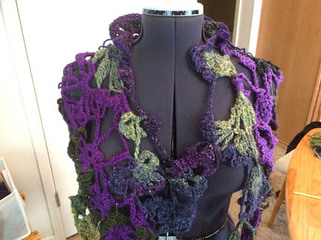 Crocheting directly on the dress form I reinforced the neck-piece and created a collar. Eventually the piece was stable enough to crochet in my lap. Sometimes it was best to lay out the piece on a table for pinning. 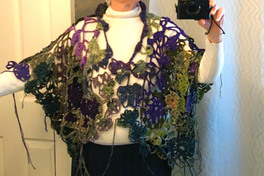 When I had a garment, I tried it on, pins and all, to photograph. This is a great technique to see a piece from a different perspective. I could see my garment was hanging well in some areas and bunching up in others. Yarn need to be removed while other areas needed reinforcing. I became creative in removing yarn (sometimes with scissors, which is flirting with disaster). I crocheted pieces to fit into the holes and added yarn to fill out the edges. The longer I made my garment, the more it pulled on the neckline. I reinforced it by adding more lines of support and crocheting over any thin lines. This is when knowing the rules of shaping and reinforcing in crochet would have helped. I just worked the problems keeping the design pleasing to my eye. 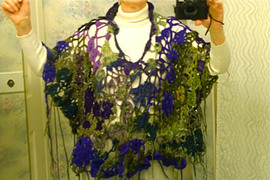 With reinforcement I extended the length of the garment. But as I studied this photograph, I decided it was too becoming too cumbersome losing the delicate flow I liked. I began removing yarn – another reason this was a six-week process! 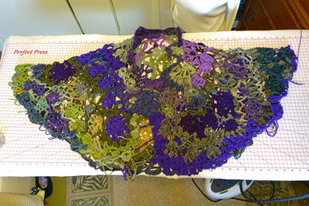 I shaped the garment into a cape. But it still wasn’t right. Capes move around as you wear it and can be quite annoying. This piece called for sleeves. 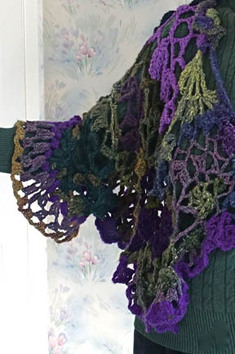 I turned two side of the cape together to make one piece of fabric for each sleeve, but it didn’t look right. Instead I extended the length of each side, and formed the sleeves with a simple crochet stitch. 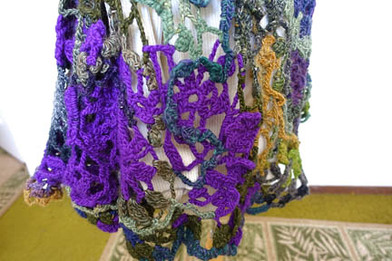 I crocheted the remaining pieces together, adding layers of yarn for reinforcement, interest, and color. I 'm pleased with how my sweater turned out. It was fun learning free-form crochet and look forward to working with this technique again.
|
Categories
All
AuthorI am Terrie Voigt, and I'm a textile and glass artist. I create art in both mediums and at times combine textiles with glass to create multi-media pieces or wearable art with glass closures. |
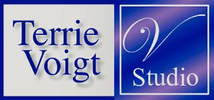
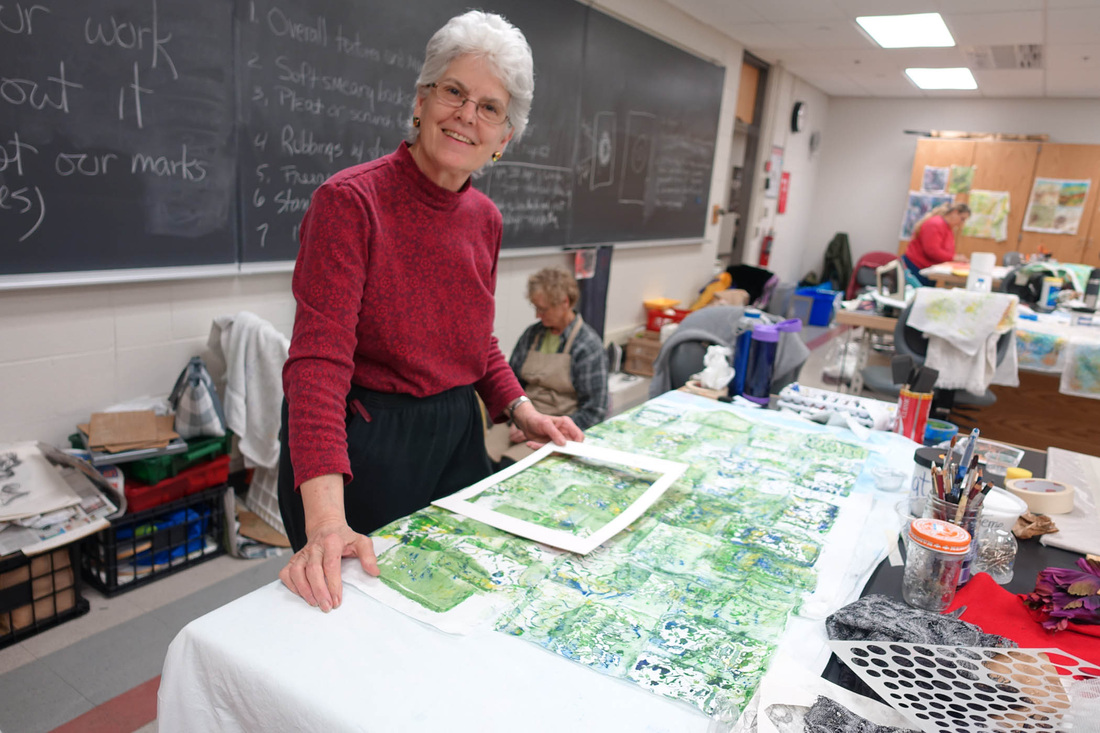
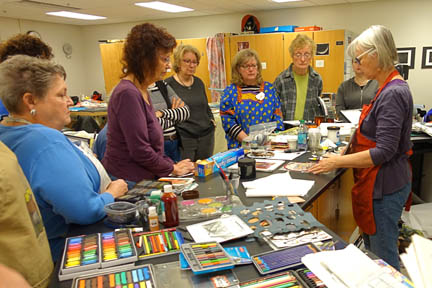
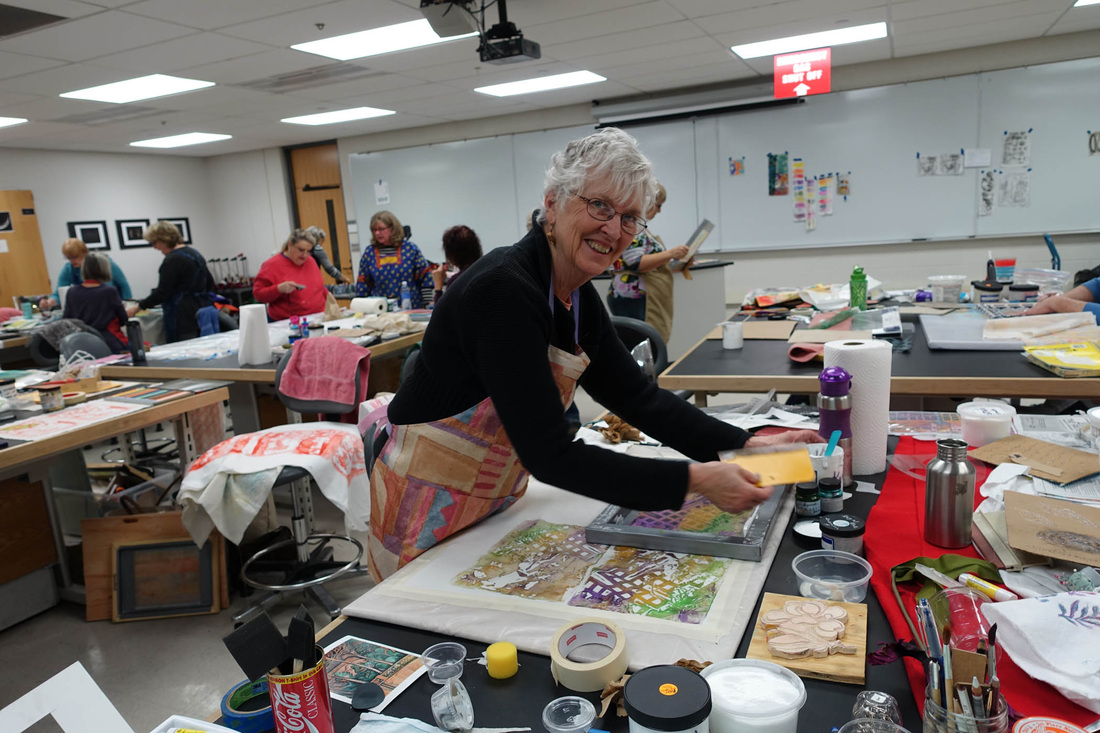
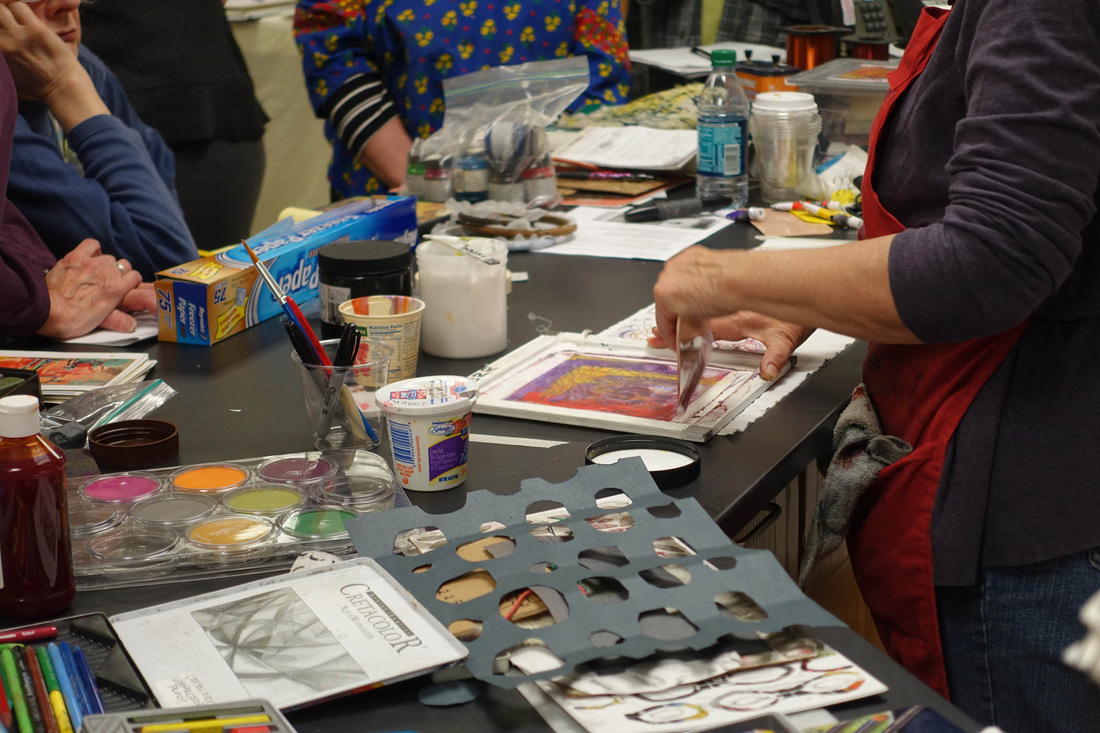
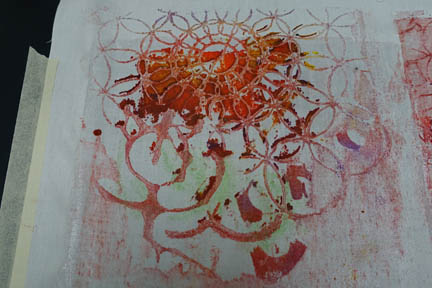
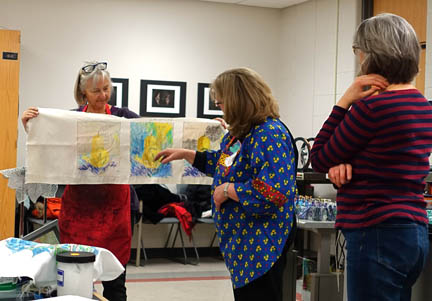
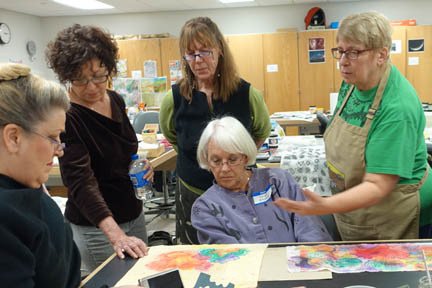
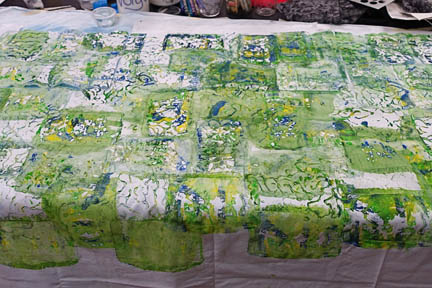
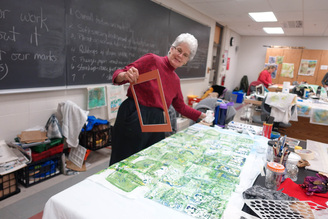
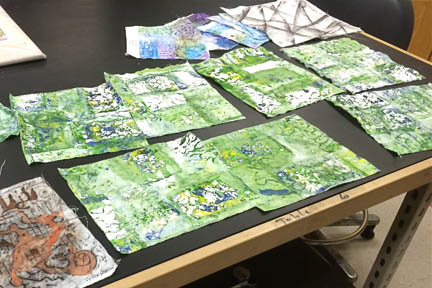
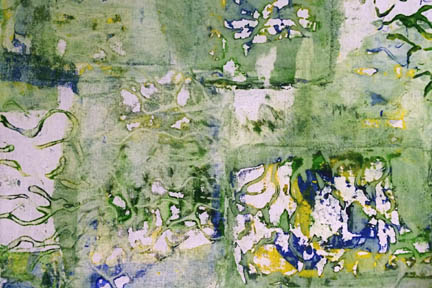
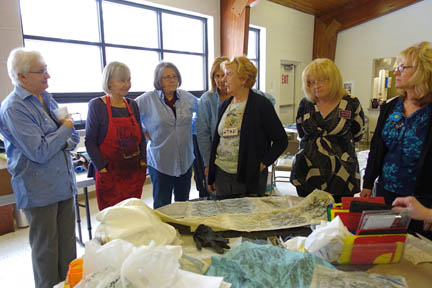
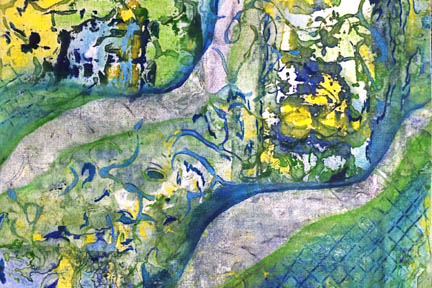
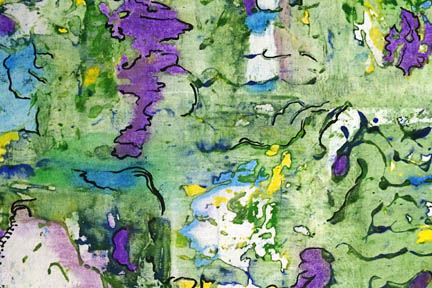
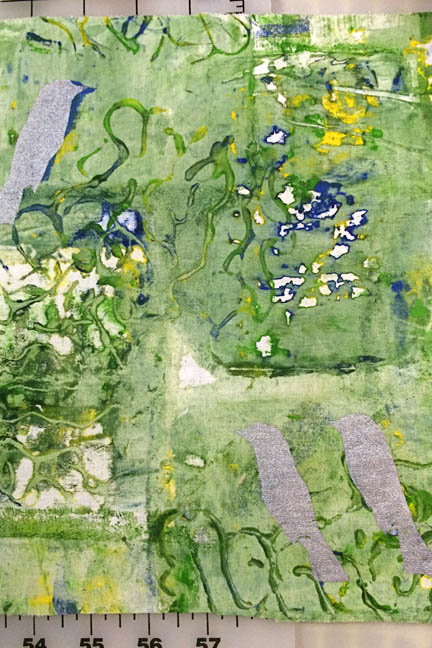
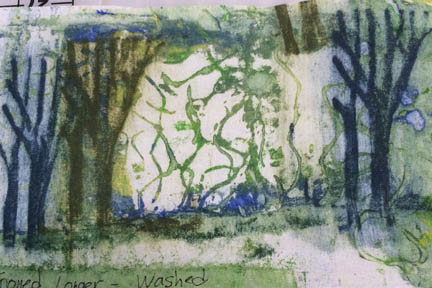
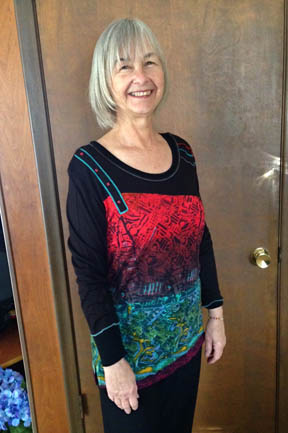
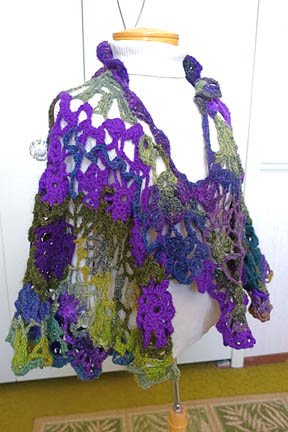
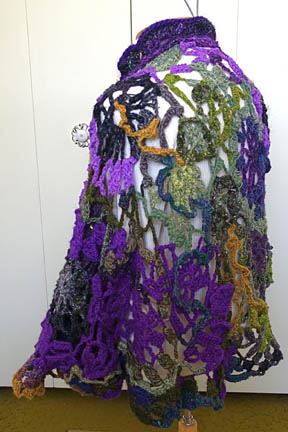
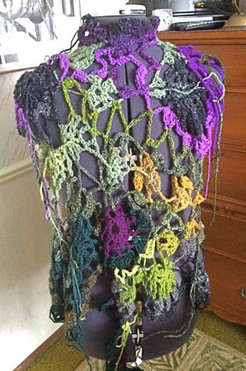
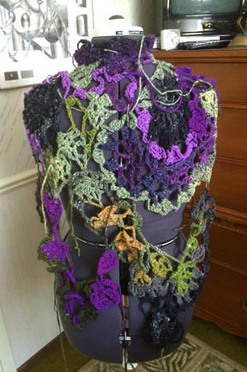
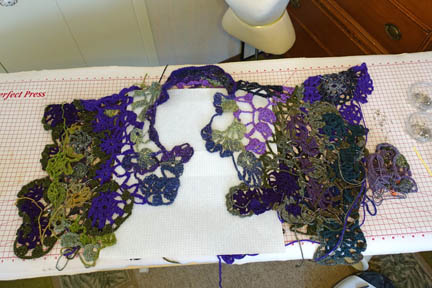
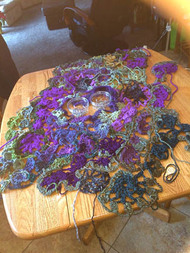
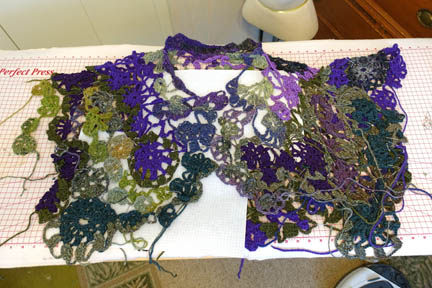
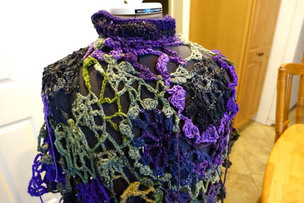
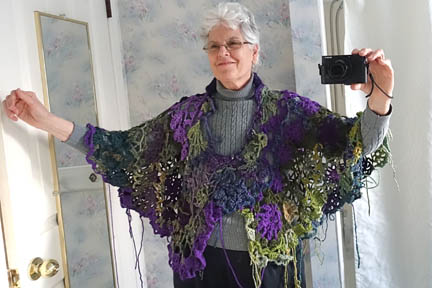
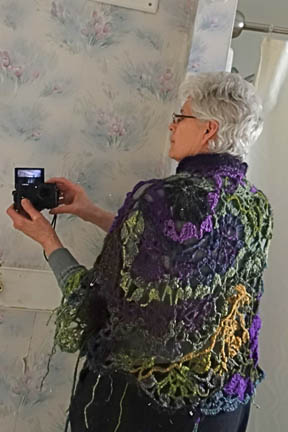
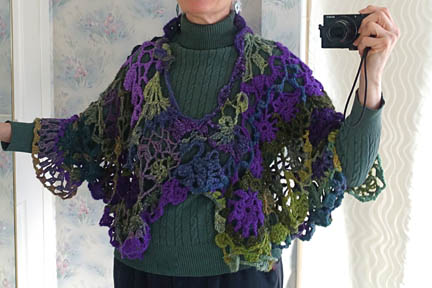
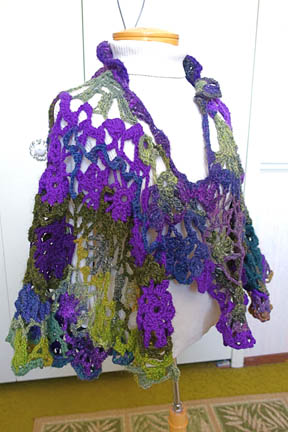
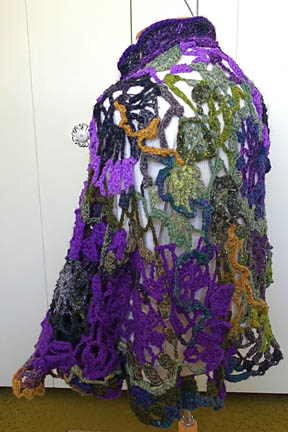
 RSS Feed
RSS Feed